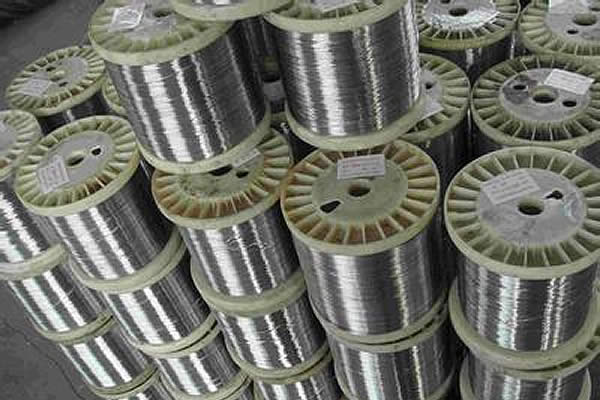 TEL:
+86-13102802206
TEL:
+86-13102802206
 Email:
fencenetting@china.com
Email:
fencenetting@china.com
 Language
Language
 TEL:
+86-13102802206
TEL:
+86-13102802206
 Email:
fencenetting@china.com
Email:
fencenetting@china.com
 Language
Language


The Cost Per Foot to Install Barbed Wire Fencing
Barbed wire fencing is a popular choice for both agricultural and security purposes. Whether you’re looking to contain livestock, protect your property, or mark your boundaries, understanding the cost per foot to install a barbed wire fence is crucial for budgeting your project effectively. In this article, we’ll delve into the various factors that influence the cost of installation, the average price ranges, and some considerations for choosing the right fencing option for your needs.
Understanding the Basic Costs
The cost per foot of barbed wire fencing typically ranges from $1 to $3. This price range can vary based on several factors, including the material quality, gauge of the wire, and the type of posts used for support. Standard barbed wire is often made from high-tensile steel, which is more durable and cost-effective in the long run compared to lower-quality alternatives.
When accounting for the total cost, it’s essential to recognize that the price of the wire itself is only one part of the equation. Installation costs can significantly affect your budget. Hiring professionals to install your fence can add another $1 to $2 per foot to the overall cost. DIY installation might save money, but it requires the necessary tools, equipment, and labor, which should be factored into your calculations.
Materials and Quality
The type of materials used in your barbed wire fence will heavily influence the overall cost. High-tensile wire, which is stronger and less likely to sag, typically falls on the higher end of the cost spectrum but offers superior longevity and resilience. Cheaper, lower-quality wires may be tempting, especially for short-term projects, but they often result in higher replacement costs down the line.
Additionally, the type of posts you choose can have a substantial effect on costs. Wooden posts are generally cheaper but require periodic maintenance and replacement. Alternatively, metal or vinyl posts are more durable and require less upkeep but come with a higher upfront cost.

Installation Factors
The terrain where the barbed wire fence will be installed can also impact labor costs. Rocky or uneven ground may require additional labor and heavy machinery, driving up the overall expense. Accessibility to the site plays a role as well. If the installation area is hard to reach, this could necessitate extra effort and possibly increased costs for equipment.
Moreover, the length of the fence you intend to build will affect the total cost, as shorter fences will generally incur higher material costs per foot. Larger projects often benefit from economies of scale, reducing the average cost per foot.
Additional Considerations
Beyond the basic costs, it’s important to consider additional factors that could influence your total spending. If you live in an area with strict zoning or legal regulations concerning fencing, you may need to factor in the costs of permits and inspections.
Additionally, maintenance costs should not be overlooked. Barbed wire fences require periodic inspection for damage and rust, as well as minor repairs, which can add to your long-term expenses.
Conclusion
In summary, the cost per foot to install a barbed wire fence can vary widely based on materials, labor, and specific site considerations. Understanding these factors will help you plan and allocate your budget more effectively. By investing in quality materials and careful installation, you can ensure that your barbed wire fence serves its purpose for years to come, whether for livestock containment or property security.